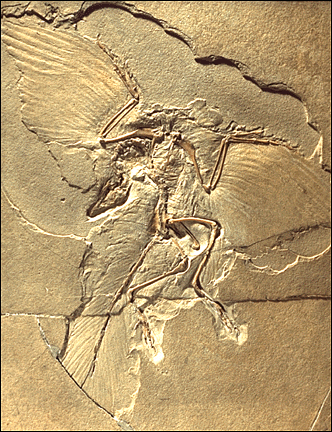Leonardo Salgado, Ismar de Souza Carvalho & Alberto C. Garrido. 2006.
Zapalasaurus bonapartei, a new sauropod dinosaur from La Amarga Formation
(Lower Cretaceous), northwestern Patagonia, Neuquén Province, Argentina.
Geobios, in press.
An incomplete skeleton from Puesto Morales (Neuquén Province, Argentina) is
described as a new species of sauropod, Zapalasaurus bonapartei.
The unit that yielded the holotype of this dinosaur is the Piedra Parada Member
of the La Amarga Formation, whose age is regarded as
Barremian-lower Aptian. Several characters are interpreted as autapomorphies of
Zapalasaurus bonapartei: cervical vertebrae with a lamina
uniting the prezygapophysis and the zygapophyseal portion of the
postzygodiapophyseal lamina, cervical vertebrae with the diapophyseal portion
of the postzygodiapophyseal lamina reduced, cervical vertebrae with poorly
developed spinoprezygapophyseal laminae, mid and posterior caudal
vertebrae with anteroposteriorly elongated neural spines, whose anterodorsal
corners are higher than their posterodorsal ones, and caudal centrum
length doubles over first 20 vertebrae. Zapalasaurus bonapartei is considered as
the sister group of the other diplodocoids (excluding Haplocanthosaurus).
Diplodocoids were abundant in the Early Cretaceous, becoming extinct by the
early Late Cretaceous. The record of Zapalasaurus
bonapartei shows that, at least in the Neuquina Basin, basal diplodocoids were
more diverse than previously thought
